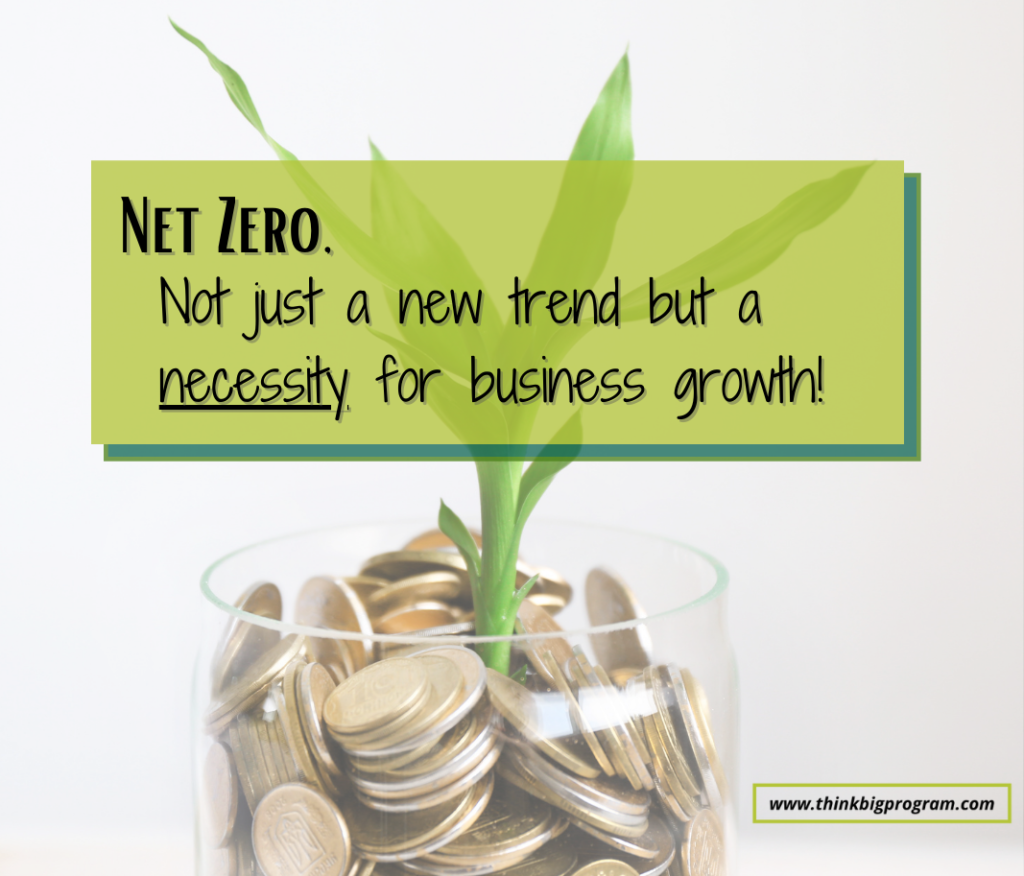
About The Author
This sponsored post was written by Brandi Clark Burton, founder of The Austin Common, as well as a communicator & advisor amplifying the people, projects & policies that can reverse global warming and advance restoration, resilience & equity

Action Box
Attend Intro To Net Zero For Small To Medium Enterprises on October 14th.
Austin’s target for reaching net-zero community-wide greenhouse gas emissions just got accelerated by a full decade (from 2050 to 2040). The Austin City Council just adopted the Climate Equity Plan, which set the more ambious target. Uh, so what does that even mean?? What is net zero? How do you measure carbon emissions? How do you know what you could do to reduce those emissions that would make a difference?
This stuff can be confusing, even overwhelming, but it doesn’t have to be. It’s truly OK if you have never thought about carbon emissions and your business at the same time. Most business owners have not. You are focused on staffing issues and delivering great products and services and making payroll and loan payments and such. You may already have some green practices in place or none at all, but in either case, you likely haven’t ever actually looked at what your carbon footprint might be. Your business isn’t big enough to have a Chief Sustainability Officer but that doesn’t mean you don’t care about helping the environment.
Now is a great time to start learning and taking your first steps down the path to net-zero emissions. Last week the Harvard Business Review published a powerful new report titled: Carbon Might Be Your Company’s Biggest Financial Liability, that makes the case that sooner or later a price on carbon will make us account for this hertofore invisible factor in our accounting. “Through some combination of government intervention and the development of carbon trading markets, it seems inevitable that a price will eventually be put on carbon around the world.”
There are some core concepts that are not hard to grasp. For the most part, business has been able to “externalize” or not account for internally, the full impact of operating their busiensses. There are some key actions that can be taken, some of which are “one and done”, while others require more research and planning and implementation.
Net Zero refers to a grand tally, if you will, of the negative and positive impacts for a given individual/ family/ business/ city /state/ country/ planet. While there are fantasitc intiatives around net zero water, net zero energy, zero waste and others, the fous of this Net Zero is on emissions. You establish your baseline by doing a full accounting of all the emissions associated with you living your life or doing business, aka your carbon footprint. There are many different carbon calculators available – some more sophisticated and complicated than others.
From there you start looking for ways to substitute harm-free or at least less harmful options that can help you achieve the same goals (such as replacing fossil fuel energy with renewable energy or replacing your HVAC system refrigerants with more benign choices).
In order for Austin to achieve its new goal of net-zero community-wide greenhouse gasses by 2040, it will require a massive transformation in our relationship to greenhouse gas emissions through our businesses. The first step is talking about it, developing familiarity with the concepts, and starting to take action.
You are invited to attend one of the two free sessions on Thursday, October 14th @8:15am-9:30am or @11:30am-12:45pm to get an Intro to Net Zero for Small to Medium Enterprises, led by Sandy Stewart (of Think Big!) and Brandi Clark Burton (of EcoNetworking, and founder of The Austin Common)



